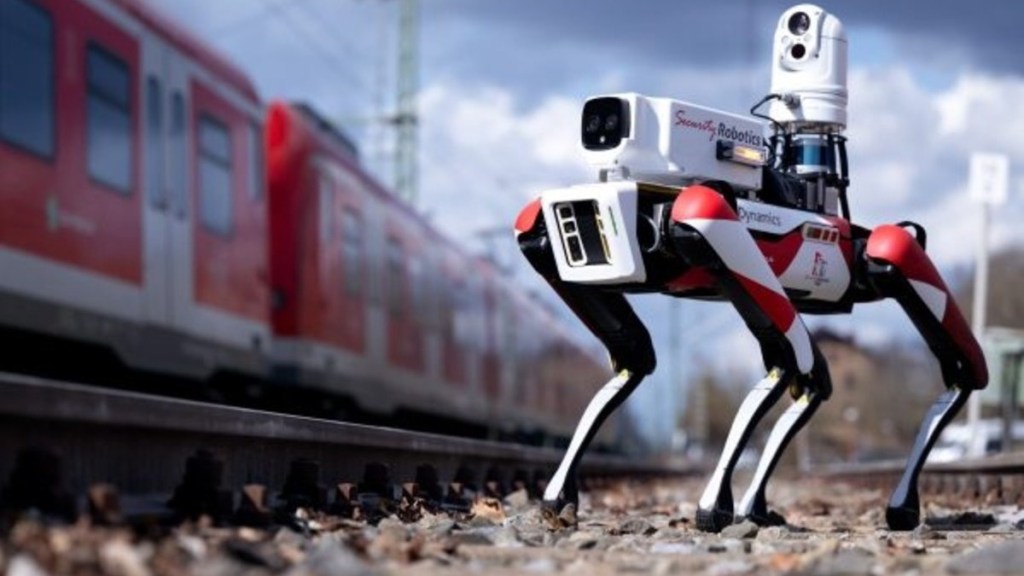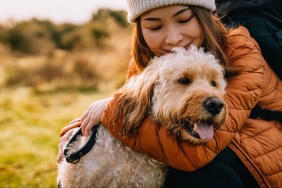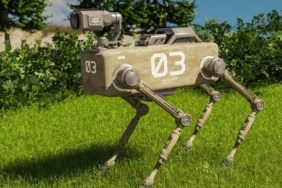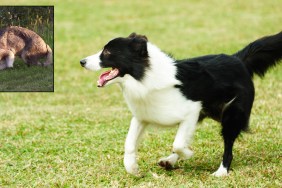Alaska’s Fairbanks airport will soon deploy a headless robot. The robot is designed to mimic a coyote or fox in order to deter birds and other animals from the airport’s runways. Named Aurora, this robotic guard dog is about the size of a Labrador Retriever. It is part of the Alaska Department of Transportation and Public Facilities’ latest initiative to enhance operational safety. Officials recently released some footage showing Aurora’s agility. The robot navigated rocky terrain and stairs, even performing dance-like movements, all while glowing with green lights.
Robot dog ‘Aurora’ will be camouflaged as a coyote or fox
Aurora’s primary mission is to discourage migratory birds from gathering in the airfield, particularly during their seasonal movements. To do this, the robot simulates predator-like behavior. Furthermore, the robot aims to invoke a natural fear response in wildlife. Consequently, it will steer them away from potentially hazardous interactions with aircraft. The robot dog will patrol the perimeter of the runway at hourly intervals. It is equipped with interchangeable panels that allow it to disguise itself as either a coyote or a fox.
The decision to use this technology over alternative methods like drones dispersing repellent was based on its ability to operate without harming wildlife or disrupting the environment. Ryan Marlow, a program manager for the transportation department, emphasized the importance of this predator simulation in preventing wildlife from becoming too comfortable near operational areas. Interestingly, Aurora’s design shuns hyper-realism and animal fur to maintain its waterproof capability — per AP News.
Fairbanks is spearheading this trial, eager to ascertain Aurora’s efficacy not just with birds but with larger animals like moose and bears. This initiative marks a significant leap from previous, less successful attempts at wildlife management. These include releasing pigs to consume bird eggs. This method was employed near the Ted Stevens Anchorage International Airport in the ’90s.
Aurora was obtained from Boston Dynamics at a cost of approximately $70,000. The deployment of the robot dog reflects a growing trend of using robotic aids across various sectors. Airports across the nation have begun adopting robots. They are being brought in for an array of tasks, including cleaning, security, and customer service.









